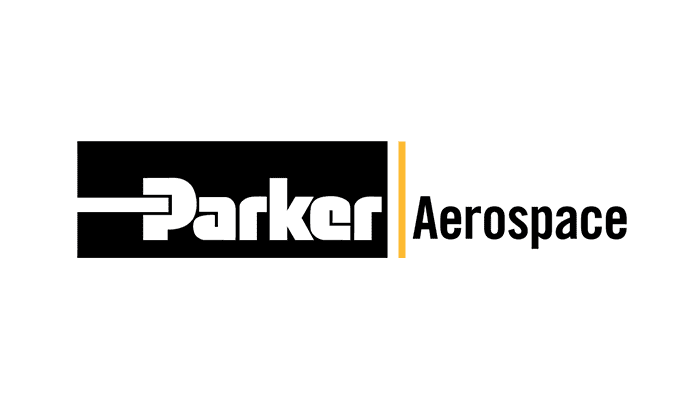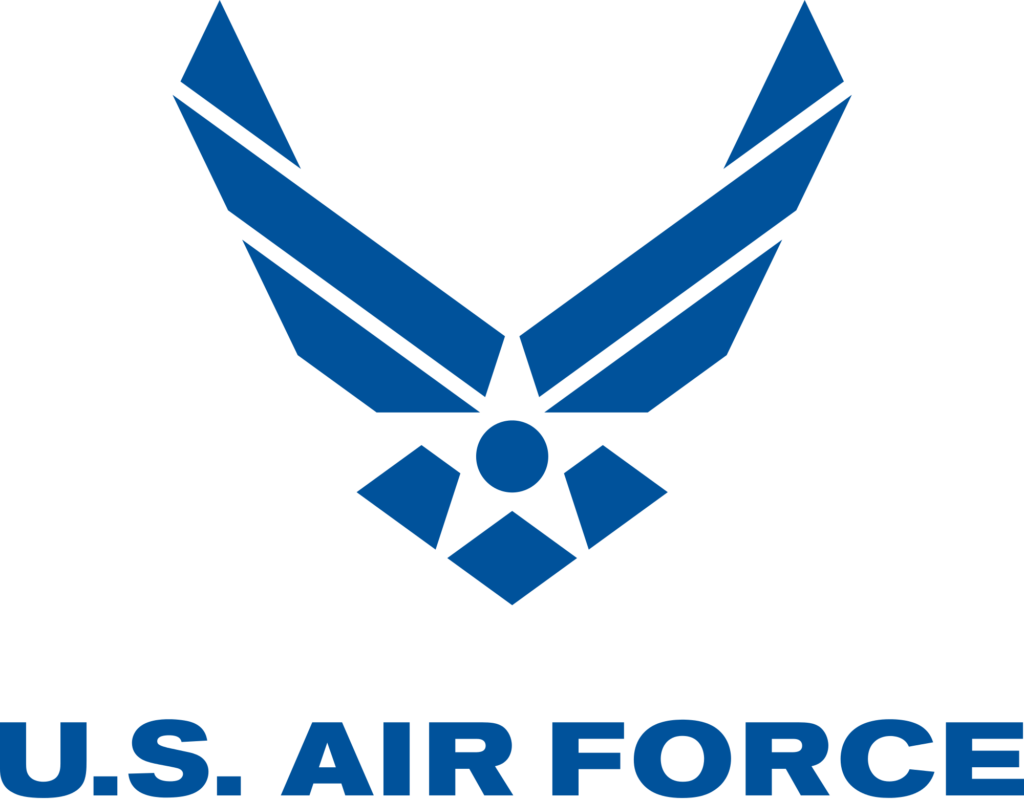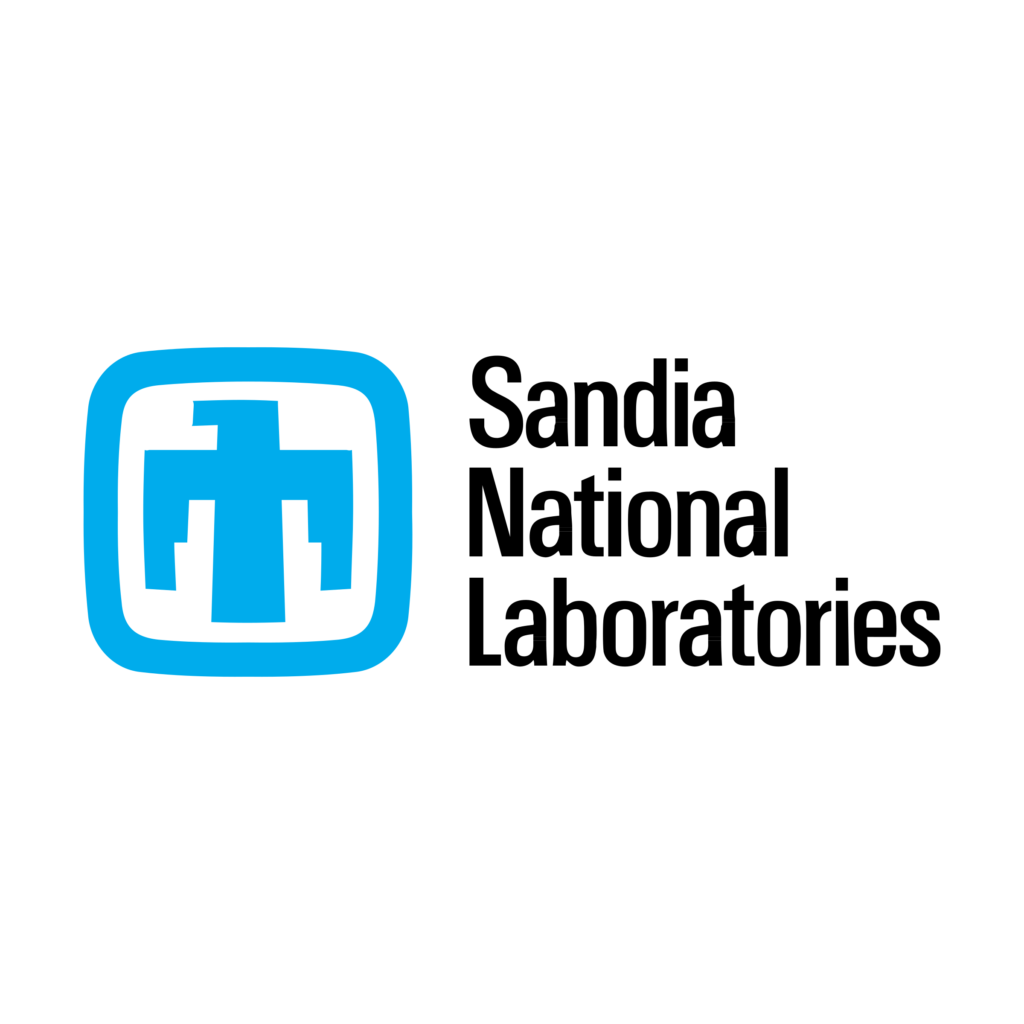Hey there! In this blog post, I’ll walk you through the process of installing and using seven Microsoft Project QA Filters. These filters will help you ensure that your project schedules are of high quality and are dynamic. To download the filters, click the following link and then save the Microsoft Project file (*.mpp file) in a convenient location.
If you would rather watch the YouTube video on this subject, click here or click the thumbnail below.

Save the Microsoft Project QA Filters to Your Global.mpt File
Once you’ve downloaded and saved the sample file, complete the following steps:
- Open the sample file in Microsoft Project.
- Click the “File” tab to display the Backstage.
- Select the “Info” tab to open the Info page.
- Click the “Organizer” button to open the Organizer dialog.
- In the Organizer dialog, navigate to the “Filters” tab. On the right side of the dialog, you will find the seven custom filters that will help you perform quality assurance (QA) on your projects.
- Select all seven of the custom filters, and then click the “Copy” button. This action will copy the custom filters into your “Global.mpt” file, making them accessible for all your current and future projects.
- After copying the filters, click the “Close” button to exit the Organizer dialog.
- You can now close the sample file as you won’t need it anymore.
Congratulations! You’ve successfully added the custom QA filters to your copy of Microsoft Project.
Perform QA on a Project
With the custom filters installed, it’s time to put them to use. Open your project that you want to quality-check. Now, let’s apply the custom filters to your project. Follow these steps:
- Click the “View” tab to display the View ribbon.
- In the “Data” section of the ribbon, click the “Filter” pick list button.
- Work your way through all seven QA filters one by one.
- Resolve any problems identified by applying a filter.
Let’s briefly talk about each of these QA filters and how to resolve any problems identified by applying that filter.
Tasks Are Not Auto Scheduled
This filter identifies Manually Scheduled tasks, which are much less flexible than Auto Scheduled tasks. If the filter identifies any Manually Scheduled tasks, convert them to Auto Scheduled tasks by right-clicking on them and choosing “Switch to Auto Scheduled” on the shortcut menu.
Summary Tasks with Dependencies
Remember that you should avoid setting task dependencies on summary tasks to prevent circular reference errors. To resolve this problem, unlink any linked summary tasks and then link the correct detailed tasks or milestones instead.
Detailed Tasks Missing Predecessors
Make sure that every task in your project, except the first task, has at least one Predecessor. Link any unlinked tasks and milestones with at least one Predecessor, as necessary, to resolve any issues.
Detailed Tasks Missing Successors
Make sure that every task in your project, except the last task, has at least one Successor. Link any unlinked tasks and milestones with at least one Successor, as necessary, to resolve any issues.
Tasks with Accidental Constraints
Remove any Start No Earlier Than (SNET) and Finish No Earlier Than (FNET) constraints that Microsoft Project automatically applies when you manually enter Start dates or Finish dates for tasks. Change the Constraint Type value to “As Soon As Possible” for each of these tasks. The exception to this rule if if you INTENTIONALLY set a SNET or FNET constraint on a task.
Inflexible Constraints
This filter displays tasks with constraints that restrict scheduling flexibility, including the Finish No Later Than (FNLT), Start No Later Than (SNLT), Must Start On (MSO), and Must Finish On (MFO) constraints. This filter does not identify problems that MUST be resolved. It simply lets you know of potential scheduling restrictions in your project. Review and modify constraints only if necessary.
Milestones with Duration > 0 Days
Every Milestone task in your projects should have a Duration value of 0 days. Fixed any tasks that are marked as Milestones, but which have Durations greater than 0 days, by double-clicking the task and then clicking the “Advanced” tab in the Task Information dialog. Deselect the “Mark task as milestone” checkbox and then click the “OK” button.
Baseline Your Project
After resolving any issues highlighted by the custom filters, your project should be in excellent shape. It’s now ready for baselining and execution. Remember that using filters will help you maintain a high-quality, dynamic project schedule.
If you have questions, please add them in the Comments section below. Or if you watch the video, add your questions or comments there. Please subscribe to my YouTube channel and leave “Likes” if you like the videos.
If you would like to have a formal class on using Microsoft Project, here is a link for my classes.
What Type of Microsoft Project Training Do You Need?
Individual and Small Group Training
OnDemand Training at your own pace
Starting at $399

OnDemand Training

Microsoft Project Standard Desktop Training

Microsoft Project Professional Desktop for Project Online Training

Microsoft Project Professional Desktop for Project Server Training

Templates, Student Hand Outs, Tips and Tricks

Certificate of Completion
Medium & Large Group Training
Onsite, Virtual or OnDemand Training
Contact Me for Discounts

Microsoft Project Standard Desktop Training

Microsoft Project Professional Desktop for Project Online Training

Microsoft Project Professional Desktop for Project Server Training

Templates, Student Hand Outs, Tips and Tricks

Certificate of Completion

Automated Training Progress Report
FAQ
What is Microsoft Project Dynamic Scheduling?
Microsoft Project Dynamic Scheduling is a feature within Microsoft Project that allows you to create flexible project plans, update schedules based on changing circumstances, and optimize resource allocation.
How can Microsoft Project Dynamic Scheduling benefit my project management?
Microsoft Project Dynamic Scheduling can benefit your project management by enabling efficient planning, increased productivity, and the ability to adapt to changes, allowing your projects to thrive.
What role does dynamic scheduling play in effective project management?
Dynamic scheduling plays a crucial role in effective project management by helping you stay on track, manage resources efficiently, and meet project goals.
What features does Microsoft Project offer for dynamic scheduling?
Microsoft Project offers various features and functions for dynamic scheduling, allowing you to create flexible project plans, update schedules in real-time, and optimize resource allocation.
How does dynamic scheduling optimize resource allocation?
Dynamic scheduling in Microsoft Project optimizes resource allocation by providing a flexible project schedule that can adapt to changes in resource availability, ensuring efficient utilization and maximizing productivity.
How does dynamic scheduling streamline project execution?
Dynamic scheduling streamlines project execution by providing a real-time, updated project schedule that enables effective communication, task prioritization, and timely decision-making throughout the project lifecycle.
How does dynamic scheduling enhance collaboration within Microsoft Project?
Dynamic scheduling enhances collaboration in Microsoft Project by offering collaborative features that promote effective communication, facilitate teamwork, and foster a shared understanding of project goals and progress among team members.
How does dynamic scheduling help track progress and manage risks?
Dynamic scheduling in Microsoft Project helps track progress and manage project risks by providing real-time updates and customizable reports that allow you to identify potential bottlenecks, mitigate risks, and take proactive actions to keep your project on track.
How can dynamic scheduling in Microsoft Project leverage data and insights for continuous improvement?
Dynamic scheduling in Microsoft Project provides valuable data and insights for continuous improvement by analyzing project performance metrics, identifying trends, and making data-driven decisions to enhance project outcomes and increase overall efficiency.

Dale Howard
Microsoft Project MVP “20 Years”
About Me
Hello there Microsoft Project lovers! I’m Dale Howard and I’ve been a Microsoft Project MVP (Most Valuable Professional) for 20 years in a row and I’m currently one of only 26 Project MVPs in the entire world. Pretty exciting, right!?
If you post a question about any of Microsoft’s PPM tools on the public message boards, look to see who the moderator or person that has answered the questions and you see, it’s frequently me answering your questions. Some people like to golf, I love Microsoft Project helping the community get to understand Microsoft Project much better.
I’ve been teaching students at all levels for over 20 years and have taught thousands of users around the world. I’ve written and co-authored 23 books on Microsoft Project, Project Online, and Project Server so if you’re like me and like to read over watching a video, you can Check Out My Books on Amazon.
For the people that like to watch videos, check out my YouTube channel. If you post a question in the comments, I’ll be happy to answer questions or create a new video to answer your question.
If you’ve got a question about Microsoft Project, Project Online or Project Server, check out some of these community post areas below where I am the moderator and have been answering questions on these message boards for over 20 years.
Microsoft Tech Community
Reddit Project Online Community
LinkedIn Project and Planner Group
My Students Include:





Leave a Reply